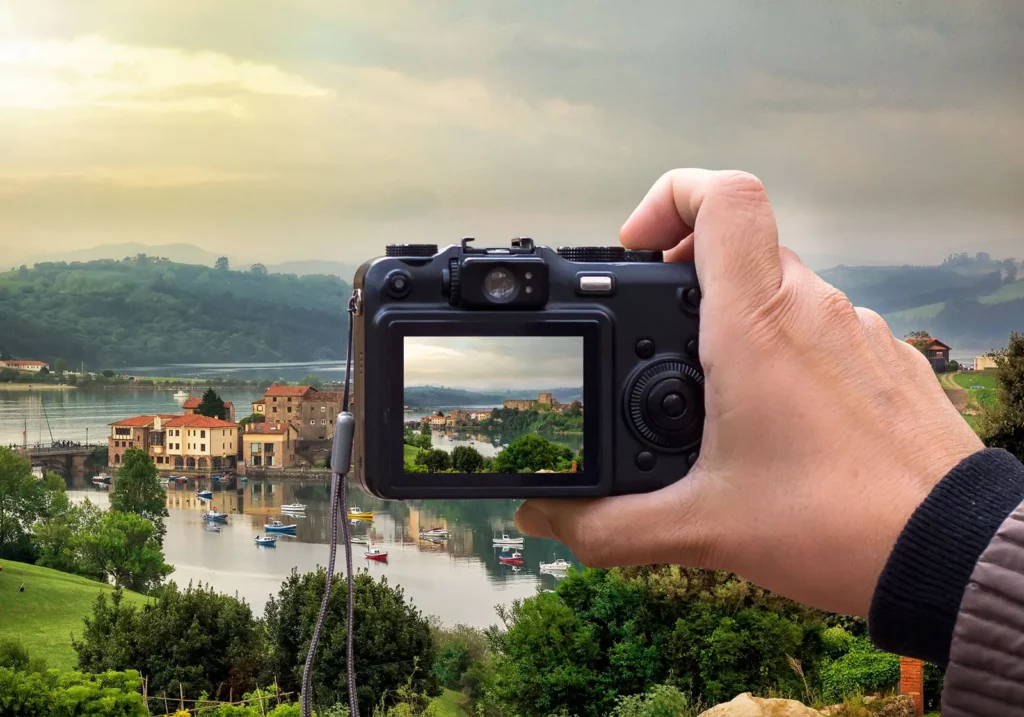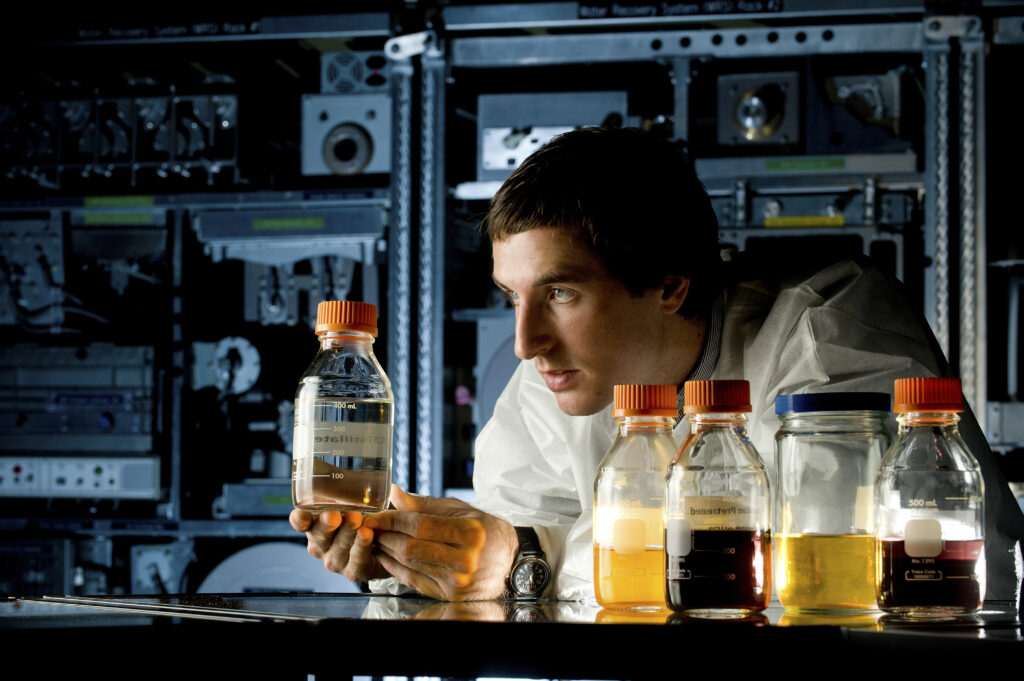The phrase “space technology” is mostly associated with ultra-modern devices of exorbitant cost. But it is not quite so. Many gadgets, which have long become commonplace for us, appeared precisely thanks to the achievements of the space age. In honor of the World Space Week, we would like to tell you about five household devices, born by NASA.
Wireless headphones
In 1961, during the splashdown of the Liberty Bell 7 spaceship, a premature opening of the hatch occurred. Water got inside the capsule, because of which astronaut Gus Grissom lost radio communication with rescuers and had a narrow escape drowning.

To avoid the recurrence of such incidents, NASA began the development of more compact and autonomous devices that would allow the crew to always be in communication. The latest headset intended for pilots of commercial airliners was taken as a basis.
NASA specialists managed to solve the problem. Soon, the astronauts received mobile communication systems, which were successfully used in subsequent space missions (in particular, during flights to the Moon). But the story did not end there. The technology improved and eventually entered the civilian market, making a rapid evolution from walkie-talkies to wireless headphones and modern smartphones.
Glasses with UV protection
In the early 1980s, researchers from NASA’s Jet Propulsion Laboratory (JPL) began to study the harmful properties of light in space, as well as the artificial radiation that occurs when using lasers and welding. In the course of research, scientists came across a strange fact: eagles, hawks and other birds of prey, which have the sharpest vision, produce tiny drops of oil in special eye glands. They help them filter out the most intense light rays (blue, violet, and ultraviolet), which helps reduce reflex and increase visual clarity. Thanks to this natural mechanism, such birds have the ability to distinguish their prey well at a long distance.

Based on the results of this study, scientists were able to create a similar protective coating capable of absorbing, filtering and dispersing radiation harmful to vision. Special dyes and small particles of zinc oxide that absorb ultraviolet light are used for its production. Soon, sunglasses manufacturers became interested in the technology, and it quickly gained popularity.
Digital cameras
The first experiments in the creation of filmless cameras began in the 1970s. And in the 1980s, NASA was already quite actively using digital photography technology. However, CCD matrixes used in cameras of that time cost a lot and were too complex to use in the civilian market.

The breakthrough took place in 1993, when a team of JPL engineers led by Eric Fossum developed a new type of active image sensor based on CMOS (complementary metal-oxide-semiconductor) technology. It was cheaper, more compact and consumed significantly less energy than traditional CDD arrays.
At first, the novelty did not receive due attention, but everything changed after the boom in mobile communication. KMOS sensors allowed manufacturers to install digital cameras in phones. They have also found wide use in fax machines, webcams, CCTV cameras, GoPro cameras and other gadgets. So, every time we take a selfie, we are literally using a space technology developed by NASA.
Cordless vacuum cleaners
In recent years, wireless electric vacuum cleaners have become quite popular and have actively supplanted their traditional counterparts. And it is not surprising: due to their compactness and mobility, they are very convenient to use. But, while cleaning their apartment, most people don’t even suspect that this device is a product of… the lunar race.

One of the main tasks of the Apollo astronauts was to collect samples of the lunar soil. Scientists were especially interested in rocks from great depths. To get them, a compact drilling tool with an autonomous power source was needed.
Having thoroughly studied the issue, NASA decided to issue a contract for the manufacture of a mobile drill to Black & Decker. The company successfully coped with the task. After the Apollo program, the lessons learned during the development of the portable lunar drill were successfully used to create various consumer electronics: portable drills, screwdrivers, and later, cordless vacuum cleaners.
Water filters
Water is the source of life. This statement is true for both Earth and space. After all, it is necessary for astronauts not only for drinking, but also for many other purposes — from the production of oxygen to use in cooling systems. At the same time, each kilogram of cargo sent into orbit costs thousands of dollars. Water, of course, is no exception. It’s no wonder that space agencies go to great lengths to recycle every drop in orbit.

The key to solving this problem is reliable filtration systems. But the fact is that not all filters have the same efficiency: some of them can cope well with dirt, but are powerless against bacteria and viruses that are dangerous to the lives of astronauts.
Fortunately, over the years of the space age, engineers have accumulated great experience in creating effective water purification systems that make it safe for reuse. And commercial manufacturers are really willing to use these developments. A good example is the filter bottle developed by ÖKO backed by NASA. It consists of two separate filters that effectively trap harmful microorganisms and then kill them with silver ions. Currently, ÖKO filter bottles are used in more than 120 countries around the world.
And this is not the only example. Many household filters and water purification systems also use technical solutions first tested in space.

